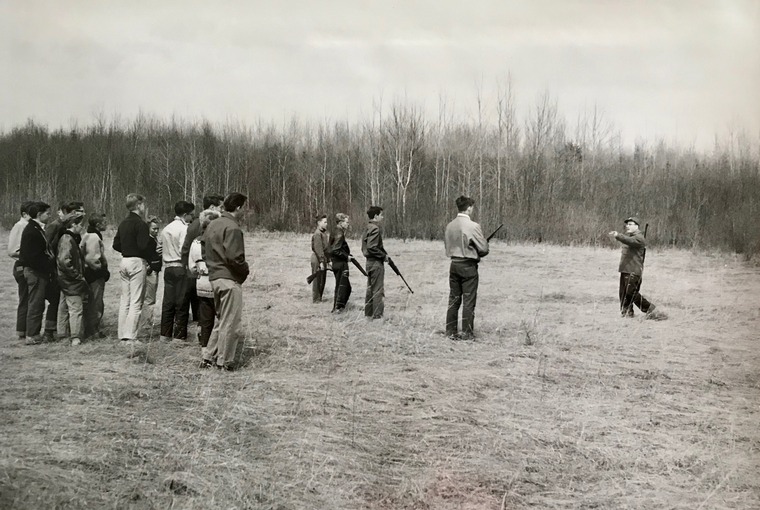
Though it might be hard to believe, hunting in Ontario was not always as safe as it is today. There was a time, in fact, when many considered it a potentially lethal pastime. In those days, hunting licences were sold across the counter to anyone old enough to buy one. In some places, you could even rent a gun. No proof of competence was required. No knowledge of the sport, ethics, or target species was needed. Those were dark days for our sport.
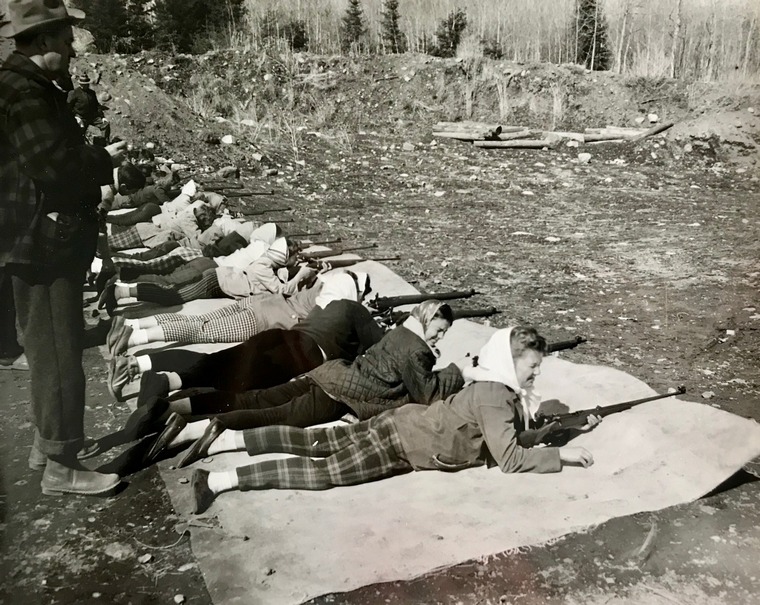
Fortunately, the light at the end of the tunnel appeared in 1960, when Premier Leslie Frost’s government made the Ontario Hunter’s Education Program (OHEP) mandatory for first-time hunters, arguably one of the best decisions ever made for Ontario’s hunting community. From that point onward, the number of hunting-related deaths and injuries in the province began to steadily decrease.
Now, in 2020, as OHEP celebrates its 60th anniversary, it seems appropriate to express appreciation for what essentially is the course that changed hunting. The lessons imparted by the OHEP’s dedicated instructors to approximately 1,250,000 hunters over the past six decades have saved hundreds of lives and prevented thousands of hunting-related injuries. Along the way, they have also helped shape hunting culture and rehabilitate the sport’s image.
The seeds of a solution
The road to safety began in the late 1940s, when the National Rifle Association (NRA) in the US recognized the problem. The issue, in a nutshell, was that many hunters had little to no firearms training or a clear understanding of how to hunt safely.
The solution was a safety course. The idea quickly caught and, in 1949, New York became the first state to implement a mandatory hunter-safety course, based on the NRA model.
The course’s value was quickly recognized by the Ontario Federation of Anglers and Hunters (OFAH) and, by the early 1950s, many OFAH-affiliate clubs taught modified versions of the course. Other clubs followed their lead.
Sensing this was the answer, those groups also began to advocate for province-wide training. In response in 1957, Ontario became the first province to establish a voluntary hunter-safety course. Soon after, the OFAH, its affiliates, and other concerned groups, called upon the Department of Lands and Forests to implement mandatory safety training for all first-time hunters.
Jacob Voth of Dryden, who has taught hunter-safety courses for the last 55 years and is perhaps Ontario’s longest serving OHEP instructor, recalls the rationale for the push towards safety. “There were a lot of accidents happening during hunting season back then,” he said. “Lots of people were getting killed. We figured we had to do something.”
Results speak for themselves
As more new hunters passed the mandatory course, the situation slowly improved. A sharp drop in fatal and non-fatal hunting-related accidents was immediately evident in the 1961 hunting season. Between then and now, there have been occasional upticks in fatal and/or non-fatal incidents, but over the long term, the decline in incidents has been steady and nothing short of remarkable.
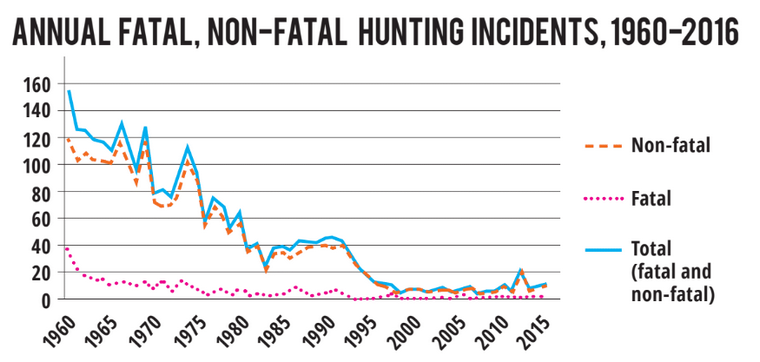
To put it in perspective, prior to 1960, more than 100 incidents were reported each hunting season. In the past 10 years, there have been 90 incidents in total, which is a commendable record of safety considering there are 430,000 licensed hunters in Ontario and far more hunting opportunities than ever before.
Speaking the same language
One of the unheralded benefits of the OHEP is how it has standardized hunting safety. A hunter from Ontario can travel all over North America and know that whoever they hunt with is on the same page as far as safety, hunting regulations, and what it means to be a responsible hunter. Hunters trained by OHEP instructors also share a baseline understanding of wildlife identification, biology, and game management as well as hunting techniques for big game, small game, and waterfowl. They have each been taught about hunting and survival skills and have a clear understanding of the hunter’s role in society.
Perhaps, most importantly, because of the OHEP influence, the hunting culture has changed. Most hunters will not tolerate substance abuse in the field, trespassing, or unsafe, illegal, or unethical behaviour, which is to say the course has laid a solid foundation for creating hunters who are positive assets and ambassadors for the sport.
Those fantastic instructors
Over the last 60 years, the way the OHEP has been taught has changed. Chalk boards and slideshows have given way to PowerPoint presentations and videos. What remains the same, however, is the passion for hunting and the dedication that the OHEP’s 290 instructors demonstrate.
Bill McKittrick has been involved in hunter education for 53 years. He was instrumental in developing Ontario’s hunter education initiatives and, among other things, was the MNR’s Hunter Education Coordinator from 1970 to 1996. He says the course was made better because of the input and energy of the OHEP instructors.
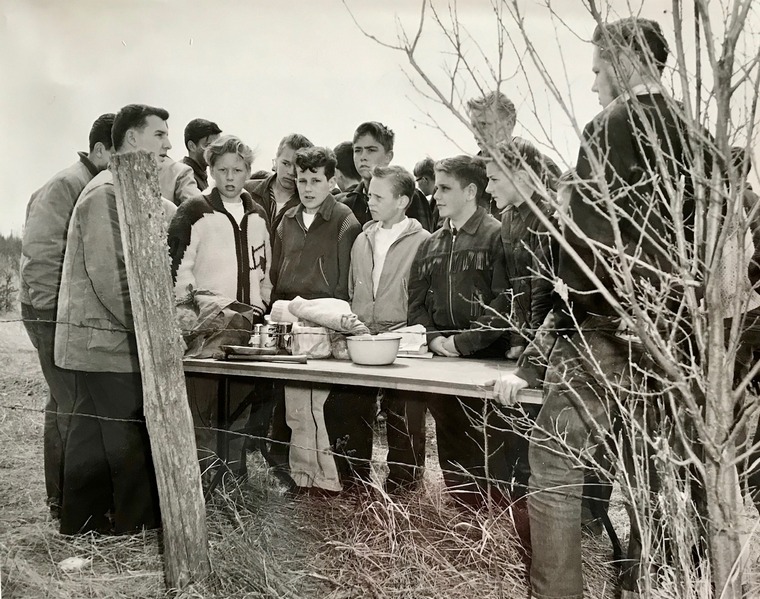
“The support of the instructors made it easier for me. There wasn’t anything they wouldn’t do and many volunteered countless hours of free work…They were always eager to find ways how to do it better. They played a large part in the changes that improved the course. None of this could have been done without the support from the instructors and the OFAH.”
OFAH Director and Past-President Bill Blackwell learned about the importance of hunting safety the hard way — by getting shot in a hunting accident in 1971 on his first grouse hunt with a friend. He still carries a few pellets between his scalp and skull and in the Model 1200 that he carried that day. But what he carries most is a desire to never see that happen to another hunter, which is why he became an OHEP instructor in 1981 and Chair of several related committees with the MNRF and OFAH along the way.
That desire and the need to give back also resides within veteran instructors Jacob Voth, Gerry Haarmeyer, and Bruce Stratton, who between them have more than 150 years of hunter education experience. If other OHEP instructors I have had the pleasure of knowing are any indication, I strongly suspect these are shared values. They all want to give back to the sport they love.
Voth summed it up when he said, “This is not a course to make you a perfect hunter; it’s a course to make you a safe one and to give you the appetite to learn more about the outdoors.”
A happy ending
When you really research the OHEP and how it evolved, one thing becomes abundantly clear. It is a textbook example of how government can get things right, if it listens to those who are most affected by the issue. The OHEP and those dedicated instructors have changed the image of hunting in Ontario and created a culture of safety that we all benefit from.
McKittrick said, “I’m proud of the statistics and the work that resulted from the hunter education program. Because of this we will have hunting in the future.”
And, if the past is any indication, the next 60 years look even brighter.
Originally published in Ontario OUT of DOORS’ 2020 Hunting Annual
Click here for more on hunting


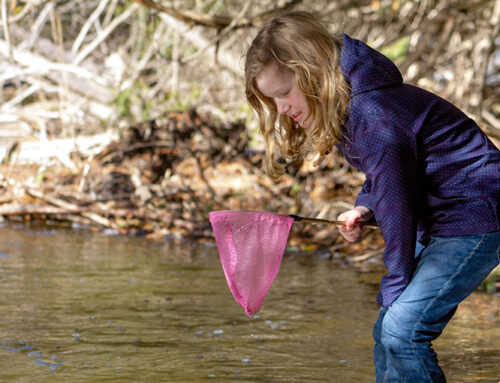

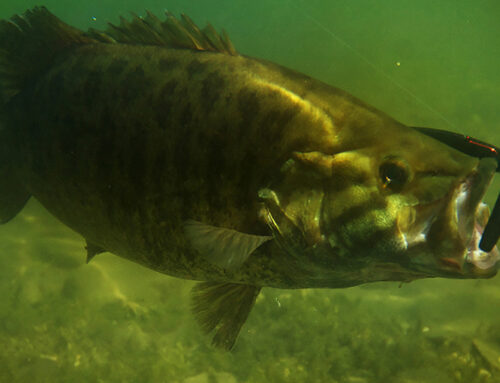
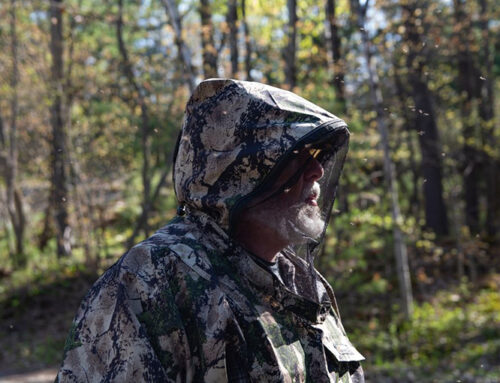
Leave A Comment